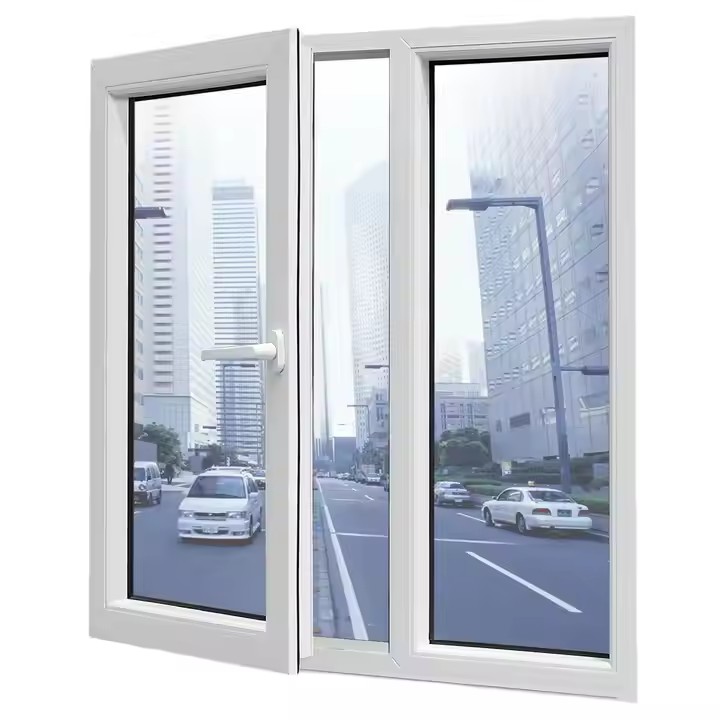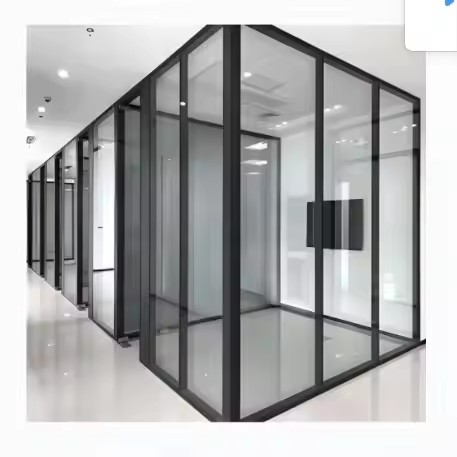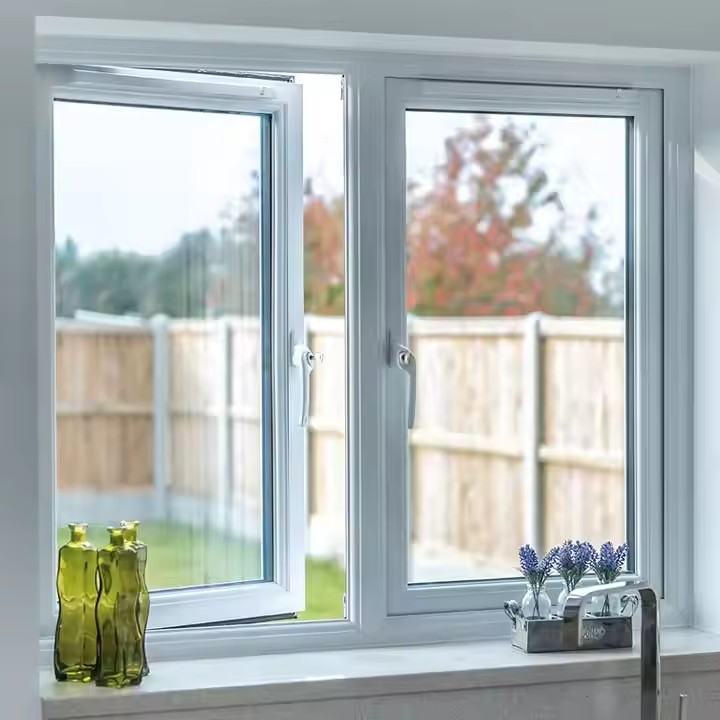- Pinpoint “Localized Pain Points” First: Marketing Must Directly Address the “Reasons to Buy”
The foundation of low-cost marketing is avoiding “wasted communication.” Australian customers’ window and door needs are tightly tied to climate, living scenarios, and regulations. Any messaging outside of these areas is inefficient. The key is to clarify the pain points first and then design marketing content accordingly:
(1) Climate Pain Points: Functional Necessities in Extreme Weather
Australia spans tropical, subtropical, and temperate zones. The east faces cyclones and heavy rains (Queensland), the west deals with arid heat (Western Australia), and the south endures cold winters (Melbourne). Consumers’ core demand is durability and energy efficiency:
Tropical/Subtropical regions (Queensland, Northern Territory): Emphasize “cyclone wind-load resistance, stormproof sealing, and sun/heat insulation.” For example, highlight compliance with AS 2047 wind pressure ratings, double Low-E glass blocking 90% of UV rays, and seamless sealing strips preventing water leakage. Reinforce credibility with local case studies—such as indoor–outdoor temperature differences of 10℃+ in summer or survival rates of doors/windows after cyclones.

Southern temperate regions (Victoria, South Australia): Focus on “thermal insulation and wind protection,” linking directly to lower winter heating bills. For example: “Installing insulated windows saves AU$200–500 annually on energy costs.” Use concrete numbers instead of abstract claims. Partnering with local energy companies to promote energy-efficient window certifications with rebates further reduces customers’ decision-making barriers.
(2) Living Scenario Pain Points: Extending the “Outdoor Lifestyle”
Australians love their gardens, barbecues, and outdoor leisure. Whether a window or door can seamlessly connect indoor and outdoor space is a critical purchase factor. This is especially true for villa and townhouse owners, where demand for folding or sliding doors far outweighs that for conventional hinged doors. Marketing should amplify lifestyle value, not just product specs:
Instead of simply selling a “door,” sell the lifestyle of opening into the garden. Use short videos showing: “At breakfast, folding doors open to let sunlight and garden greenery into the kitchen,” or “Weekend gatherings where folding doors create a seamless living room-to-garden connection.” Pair these with real testimonials such as: “With folding doors, our living room feels twice as big.” This resonates more strongly than technical specs.
For apartment residents (Sydney, Melbourne CBD), highlight “sound insulation and views.” For instance: “Double-glazed windows block traffic noise, so you can enjoy the skyline in silence at dusk.” This directly addresses the ‘quiet in the city’ demand.
(3) Policy Pain Points: The Dual Drive of “Compliance” and “Rebate Benefits”
Australia enforces strict building standards (e.g., AS/NZS 4666 acoustic performance, AS 2047 structural safety). Some states also offer green building subsidies (e.g., NSW rebates for energy-efficient windows). Marketing should actively highlight “full compliance certification” and convert policy incentives into customer benefits:
Tell homeowners clearly: “By choosing our windows, you can apply for state government energy rebates via your builder—covering up to 15% of purchase costs.” Offering rebate application assistance is a low-cost value-add that dramatically increases conversions.
For B2B clients (renovation companies, property developers), emphasize: “Compliance reduces project acceptance risks.” For example: “We provide full AS-standard test reports, helping prevent costly rework due to non-compliant windows.” Since B2B clients value risk control, this builds trust quickly.
- Channel Selection: Avoid “High-Cost Traffic” and Target “Low-Cost, High-Precision Pools”
Target customers for windows and doors in Australia (homeowners, developers, renovation companies) are dispersed but concentrated in specific channels. Instead of pouring money into broad advertising, focus on precise channels and content infiltration for cost-effective reach.
(1) For Homeowners (C-end): Focus on “Search + Community,” Capturing Active Buyers
C-end customers follow the decision path: need → search → compare → choose. The key is to appear precisely during the search stage, when customers are actively seeking window solutions, avoiding passive, costly promotion.

Google Search + Local SEO: Capture “demand-driven traffic” with zero ad spend
Over 90% of Australians begin their home improvement journey with a Google search (e.g., “energy-efficient windows Melbourne” or “folding door installation Brisbane”). Prioritize local keyword rankings:
When building your company website, embed “city + product + pain point” keywords (e.g., “Sydney cyclone-proof windows,” “Perth insulated windows”). Add business details (address, phone, hours) to strengthen Google Maps visibility.
Publish localized content such as “3 Key Indicators for Cyclone-Resistant Windows in Queensland” or “How Melbourne Families Save on Winter Bills with Insulated Windows.” Use local case studies (e.g., “After Cyclone Yasi, we replaced windows for 10 Brisbane households with wind-resistant models”) to both improve SEO and position your brand as a local expert.

